Captain America is in a strange place right now and one of the most beloved creative teams in Marvel history is now tasked with turning all of that around. Daredevil and Black Widow alumni Mark Waid and Chris Samnee are teaming-up to chronicle the life and teams of Steve Rogers after Secret Empire. Will the duo find a way to prove Rogers emanates a Clark Kent-esque sweetness even after this black mark has stained Rogers’ history? Find out in this week’s installment of The Marvel Rundown!
 Captain America #695
Captain America #695
Written by Mark Waid
Illustrated by Chris Samnee
Lettered by VC’s Clayton Cowles
Reviewed by Alexander Jones
Alexander Jones: A.J. Captain America is back-to-basics in the Mark Waid and Chris Samnee-crafted new series from Marvel Comics starring the publisher’s Big Blue Boyscout. What did you think about Captain America #695?
AJ Frost: Hey there Alex! I, for one, loved the retro feel of this issue. Everything from the vintage-ish cover, to the boxy layouts, made this feel like a Captain America story from yesteryear, even though it is thoroughly modern and within the present Legacy continuity. Maybe that took me back, a bit. When I read these contemporary tales, I always try to think ahead and reorient myself to the construction of modern comics. But here, Waid and Samnee definitely take their cues from the earlier days of the comics form. In short, I really dug it.
Jones: This comic was so simple and easy to read but there was something about it which just worked for me right from the opening page. People are sleeping on Captain America and the feeling across the internet right now regarding this book and character seem to be reductive. I can’t wait for this interest to change as readers become exposed to this team, character, and direction. Mark Waid and Chris Samnee are well-oiled Marvel veterans the supremely underrated Black Widow comic was another great example of some of their talents. The action sequences in this story carry the craft and ambiance seen regularly in Image Comics titles. This series definitely exudes a retro vibe, but I don’t think that you will find a comic book from the ’60s and ’70s carrying this simplistic approach with minimal dialogue and captions. Readers don’t get in Rogers’ head as much as they might like too as well, in lots of those early stories we know exactly what every character is thinking in every panel. This title is simplistic but carries subtext as well when Rogers isn’t pouring his heart out in every panel. This thing is a freaking slam-dunk though, my god!
Frost: Your perspective is really interesting and I can’t believe I didn’t catch it while I was reading. There is little inner dialogue with Steve, and everything is featured throughout the issue is plain for everyone to see. There is no mystery, no existentialism, little in the way of exploring Steve mindset. This is pure externality; everything we see is what we get. There’s something inherently self-limiting about this approach, but Waid’s constraint really works here. One tweak, if I may, of your description of the book as “simplistic.” The simplicity of the narrative might be interpreted as minimalist. There is a one-overarching point to the book which is not only to reintroduce a positive version of Captain America to the ink-and-paper denizens of the comic but also their flesh & blood counterparts who might be a bit cynical about Marvel in the first place!
Jones: I agree with everything you said but where I start to critique the title lies more in the content rather than the execution. While there’s no denying the comic doesn’t have a great energy or a masterful visual presentation, the plotting is something I am worried about going forward. There are plenty of chances for ambitious plotting and narrative touches in the installments to come presuming this run is going to be on the longer side, but still, this is part of a serial narrative and it would help me form a better understanding of the story if there were more threads introduced here besides one team of minor villains. I couldn’t help but notice the issue attempted to distance itself from Secret Empire, did you get that impression at all?
Frost: I did get the impression. The civilian characters pretty much scoff at the notion that Captain America could be working for the Naz– I mean, white supremacists! It’s like inherent anathema to his character. Pretty clever from a narrative perspective and a subtle dig at Marvel hand that feeds its writers. You are more well-versed in Secret Empire than me. What did you think?
Jones: While I appreciated the approach I think would have preferred a more overt reference to the concept. Instead of having Steve get everything back all at once, it would have been a compelling to have him fight back for his reputation in a direct manner. However, this was still a solid story and great introduction to Captain America in a time where he’s needed most–let’s talk Chris Samnee now!
Frost: I loved the art. It was so clean (to borrow a phrase from Beat managing editor Alex Lu). The art was pitch perfect for this “back-to-basics” aesthetic Marvel is undoubtedly going for.
Jones: There’s a lot to love about the series, from a craft standpoint this comic is kind of unmatched in the industry right now. The action is greatly set and choreographed and Steve Rogers has a certain aura about him. When he puts on the mask he just kind of flourishes in cool. The facial expressions and details Samnee gives the children really adds something to those parts of the narrative. Samnee has already proven himself as very capable and while the creator feels like he is definitely in his wheelhouse within this title, the book still looks great every step of the way. What’s your analytical dissection of the art here? Have you ever read a Samnee book before? Because if I hadn’t this thing would put me into overdrive.
Frost: This is my first time checking out Samnee’s art, but it won’t be the last. I don’t want to analyze too much (I’ll let readers take away what they will). What I feel is most pertinent to this series is that the art feels like it could have been done fifty, sixty years ago and still feel fresh. You’re right, there’s a dynamism to the action and a nice quietness to the dialogue scenes, but nothing feels crazy. Nothing feels forced or out of place. There’s a real humane-ness (maybe humanistic?) approach to Samnee’s figure drawing. In summation: it fits perfectly with Waid’s vision. And it looks great, I agree.
Jones: Last words AJ?
Frost: This is a great first start to an arc which emphasizes Marvel future while also celebrating the rich history of its characters and stories.
Jones: I’m definitely excited for what happens next and loved this debut. I’m definitely going with a buy for this one!
Frost: Ditto!
 All-New Guardians of the Galaxy #146
All-New Guardians of the Galaxy #146
Written by Gerry Duggan
Illustrated by Marcus To
Colored by Ian Herring
Lettered by VC’s Cory Petit
Reviewed by Alexander Jones
All-New Guardians of the Galaxy #146 pulled a fast one and changed up the status quo of the title almost completely between the panel borders of issues. For a series that ships so often, this is a strang and exciting proposition that was fun to read. The reintroduction of the Nova Corps. in this story seemed a little rushed and haphazardly as compared to the complicated and slow-burning Nighthawk issue from just a couple installments ago. Writer Gerry Duggan still retains that strong level of humor with every chapter of the series, keeping up with all of the Guardians. The introduction of Scott Lang into the cast fits the book like a glove and I hope Duggan has the opportunity to explore the dynamic that he brings to the team.
Artist Marcus To proves that he is an extremely versatile talent here. The creator brings a strong energy to the scenes with the Shi’ar in the beginning of the book and nails the comedy between the team members later on. The humor scenes in the surprise cameo towards the middle of the book have lent a great likeness towards the actor. To draws a couple of stirring action sequences here that look incredibly badass. Ian Herring switches up the art in the title by lending a noir-focused look to the comic. Pairing Herring’s color with To’s pencils gives a wonderfully dynamic tone to the space-focused narrative.
All-New Guardians of the Galaxy #146 is a welcome but inconsequential diversion for the series that maybe was mismatched by the amount of hype that readers have to surround the book and the big event storyline that the comic book is supposedly leading into. The villain tease at the end of the story and some of the threads set up in the book could lead to something interesting, but the title feels like it is on the cusp of something great instead of actively achieving greatness.
Verdict: Borrow. All-New Guardians of the Galaxy #146 takes an amusing trip into the established Nova Corps..
Power Pack #63
Written by Devin Grayson
Illustrated by Marika Cresta
Colored by Chris O’Halloran
Lettered by VC’s Joe Caramagna
Reviewed by AJ Frost
One of the more interesting aspects Marvel’s Legacy project is the exploration of older IPs that haven’t made a lot of play in the post-cinematic cultural domination of the brand. For every new reboot (or reimagining) of, say Iron Man or Thor, there are characters and storylines from Marvel’s voluminous past that get shuffled out of contention or are left to languish in obscurity for long stretches of times. That’s why, for some, the announcement that Power Pack would return to the lineup through a Legacy one-shot edition was cause for piqued interest. And luckily for fans old and new, Power Pack #63 succeeds—mostly—in producing a nostalgia-laced narrative with plenty of modern sensibilities to keep readers engaged.
The story and style of this new issue of Power Pack is as saccharine as they come. I don’t mean this in a negative. To the contrary, the story is bright and sweet but without the residual aftertaste of misplaced sentimentality run amok. Indeed, the welcome return of writer Devin Grayson to a Big Two publication allows for the opportunity to create a story that plays around with old traditions while also keeping attitudes contemporary and aware. Grayson, interestingly, chooses to tell of the current whereabouts of the Power team by only focusing on one of them. The story is an ersatz flashback through the charming device of Katie explaining a draft of a paper written for a school assignment, dealing the Powers’ fight with a cruel creature named the Bogeyman. Through this absorbing storytelling technique, Grayson provides readers a nice way to check in on the status of the individual members of the Powers family while not succumbing to cliches of the form.
Likewise, Marika Cresta’s pencils and Chris O’Halloran coloring delicately balance to intended retro ‘80s vibe with the modern stylings that Legacy invokes. In some ways, it feels like art comes directly out of a Saturday morning cartoon (which Power Pack was probably always trying to emulate anyway). These aesthetic qualities lend themselves to a streamlined and crisp look for the characters. It’s all-around solid work.
Overall, Power Pack #63 was a fun, if insubstantial, issue. There’s not much too it, but for those that crave more adventures with the Powers’ kids, then this will be a good one for you.
Verdict: Browse
That’s all the Marvel we could fit in one column folks! Next week Master of Kung-Fu and lots of other stuff.


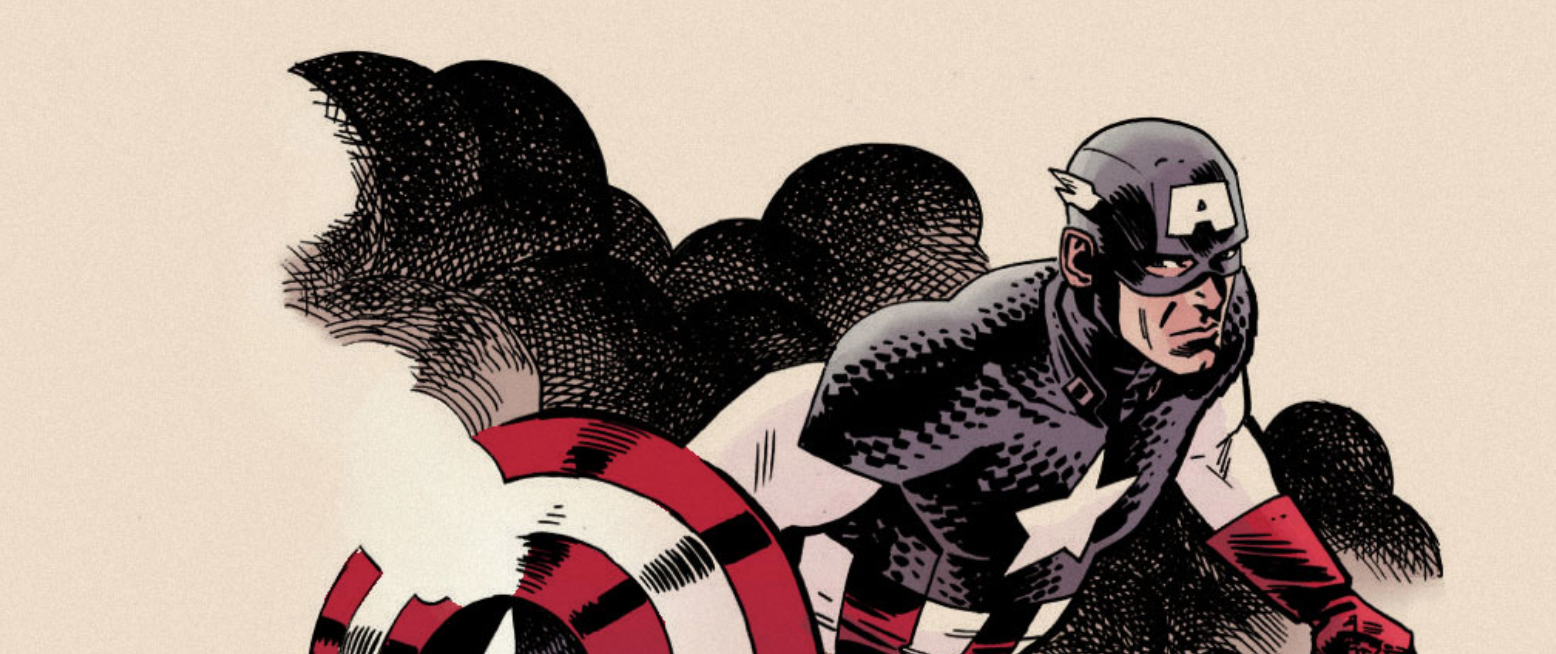
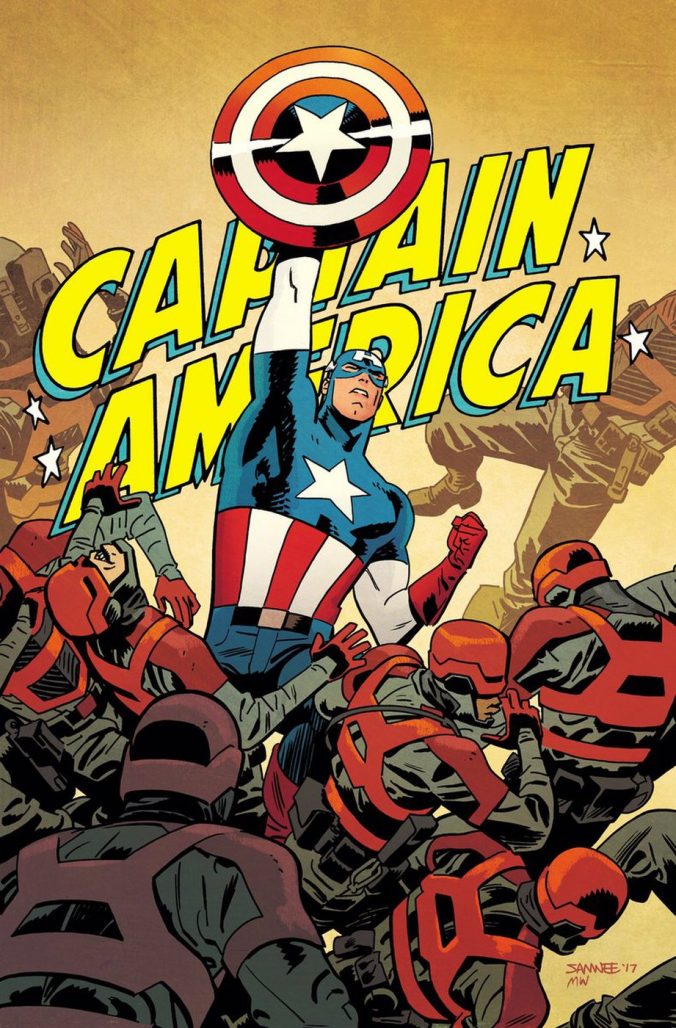 Captain America #695
Captain America #695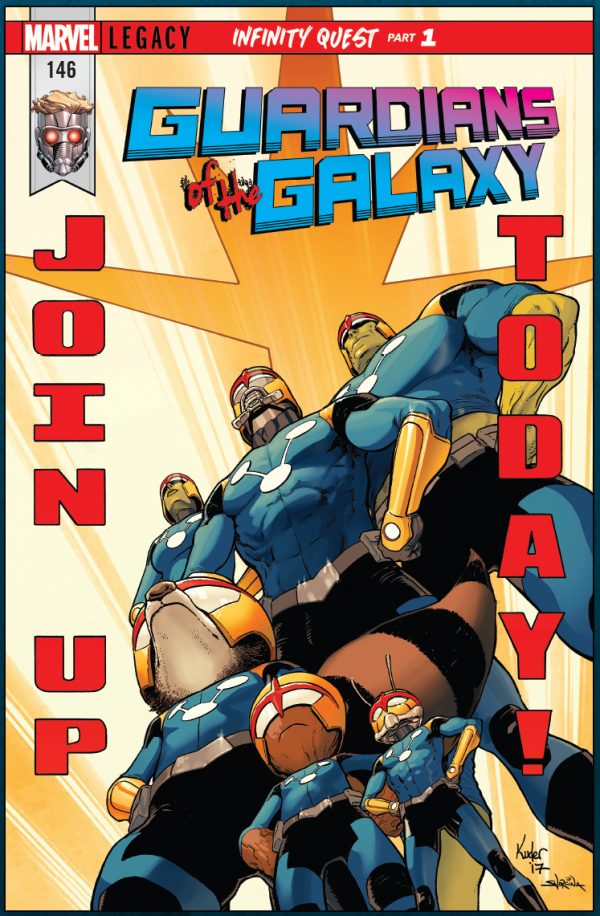 All-New Guardians of the Galaxy #146
All-New Guardians of the Galaxy #146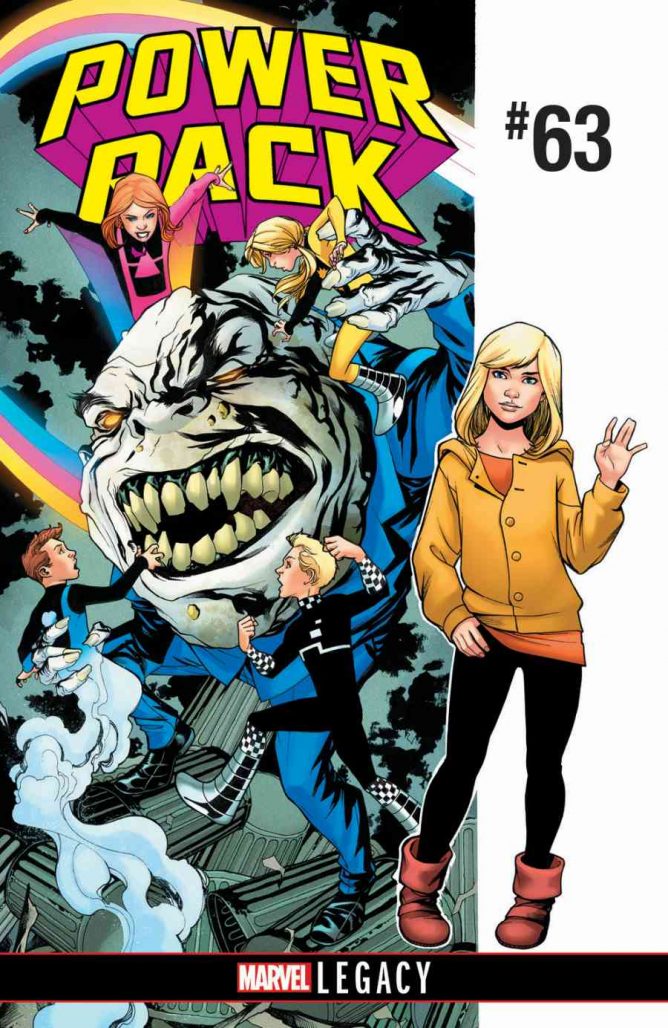


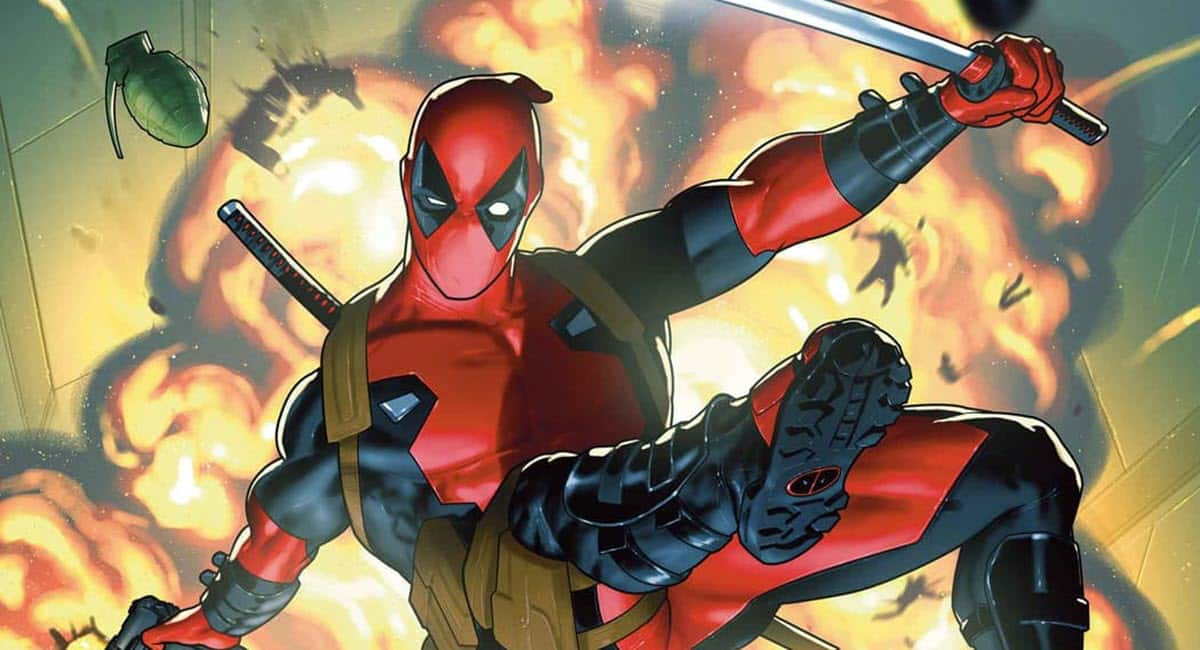



I went back to buying comic books full time in 2012. I finally have a Captain America comic book that I can love. Captain America is my favorite super hero and it’s about time he got the proper team to give us a great story. Also, a well done one and done in this era? A simple little masterpiece.
Can Captain America be redeemed? Folks, its a comic book characters. Lets bring it down a notch.
Comments are closed.